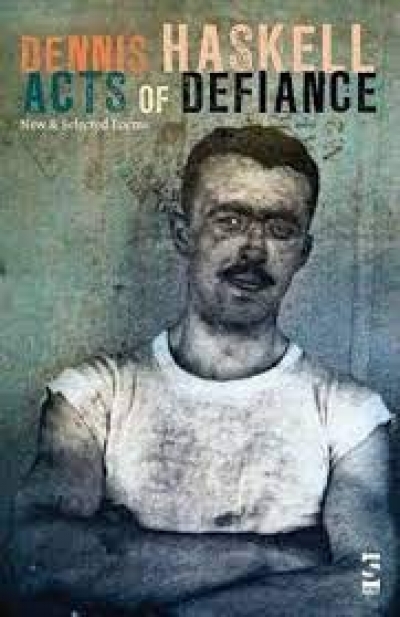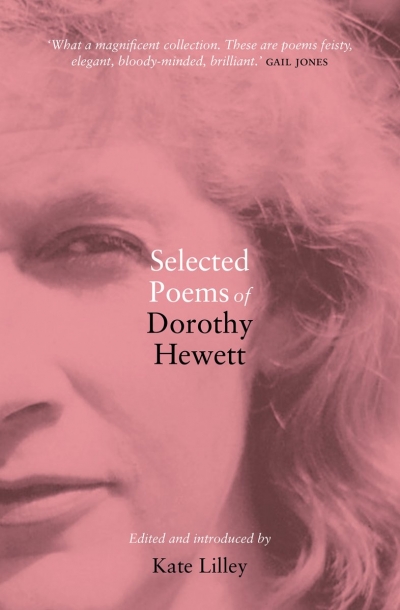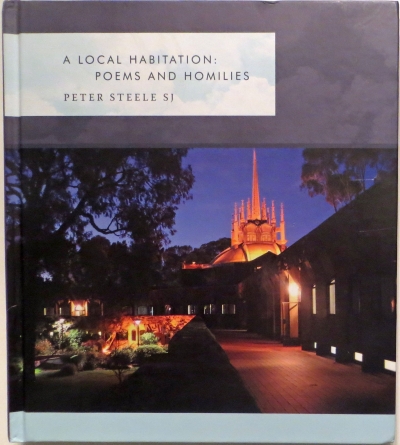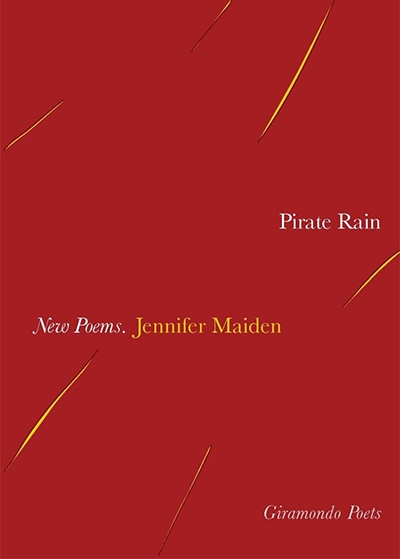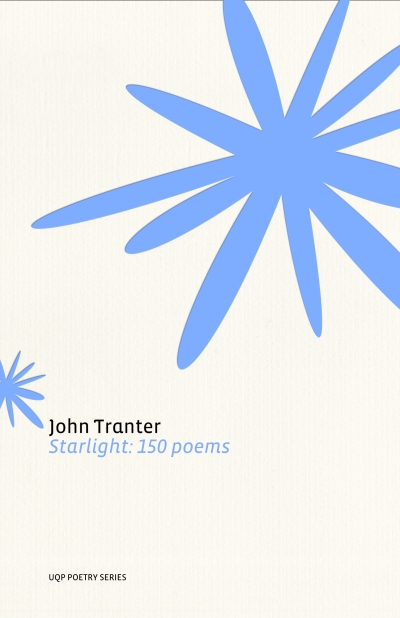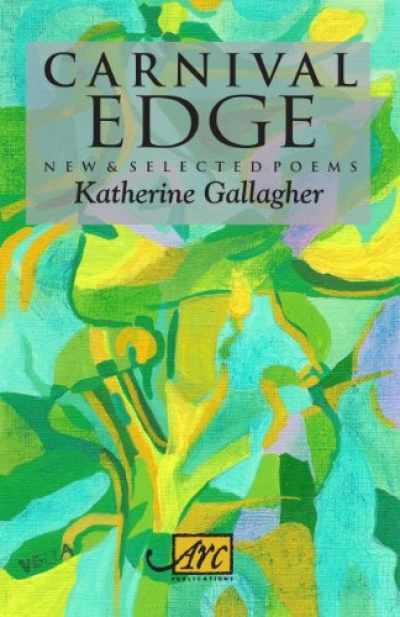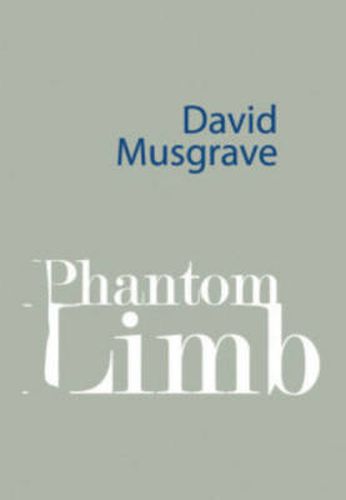Poetry
Poet and novelist Ali Alizadeh’s third book of poetry, Ashes in the Air, reclaims some themes from his earlier poetry collection, Eyes in Times of War (2006). Autobiographical sequences once again interweave with accounts of recent wars and oppression. Alizadeh also explores some ...
... (read more)First books often suffer most in a Selected Poems as the poet who finally emerges from the possibilities explored in the poems of the first book retrospectively weeds out those poems that are not in what becomes the dominant mode. This certainly happens in the case of Dennis Haskell’s Acts of Defiance ...
... (read more)Dorothy Hewett is a vivid presence in all her poetry. This selection from her life’s work opens with a poem written in her last year at school.
... (read more)Human Chain by Seamus Heaney & Stepping Stones: Interviews with Seamus Heaney by Dennis O’Driscoll
Auden wrote of the mature Herman Melville that he ‘sailed into an extraordinary mildness’. The same sort of thing could be found in Seamus Heaney, even though he has always written with a degree of calm, with hospitable decorum. It was this level-headedness that enabled him to write about sectarian violence in the magisterial Station Island poems (1984) ...
A Local Habitation: Poems and Homilies by Peter Steele, edited by Sean Burke
Once in a seminar long ago, I heard Peter Steele quote one of Winston Churchill’s more disagreeable opinions, noting that Churchill was allowed to say such things ‘because he was Churchill’. This Churchillian self-definition, or certitude, or authority, or prowess, animates much of Steele’s own writings: Steele says this because he is Steele. Nor does he need to be disagreeable to do so.=
... (read more)Jennifer Maiden is a great experimenter – in a specific sense. In a 2006 interview in The Age she said: ‘I have always found poetry a useful tool for tactical and ethical problem-solving … I suppose it’s a laboratory for testing out ideas.’ Maiden works from an ethical stance, but not, as some critics and readers have assumed, a facile leftist one (whatever ‘left’ means in the twenty-first century). The poems in this latest book are mainly discursive, and many address political situations, issues and, more specifically, public figures and personae.
... (read more)Starlight: 150 Poems by John Tranter & The Salt Companion to John Tranter edited by edited by Rod Mengham
John Tranter has published more than twenty books since 1970. They include long dramatic monologues, a type of verse novel (The Floor of Heaven, 1992), prose poems and traditional verse forms. Starlight, his new collection, continues his ‘evisceration’, as he calls it, of other poets.
... (read more)Carnival Edge: New and selected poems by Katherine Gallagher
Katherine Gallagher, who has lived in London since the 1970s, has now published six books of poetry, all but two of them with British or American publishers. This book selects poems from her earlier books, together with twelve new poems. As a whole, it gives the sense of a writer’s development over a period of thirty-five years, with some slight shifts of style over that time.
... (read more)Carphology, in case you have forgotten, is the ‘delirious fumbling with bedclothes’, as stated in the epigraph to David Musgrave’s poem of the same name, which is not about a pathology but, energetically though bleakly, about passion and sleep. The epigraph to the book as a whole is taken from Christopher Smart’s Jubilate Agno, fragment C1: ‘God be gracious to Musgrave, for he is a Merchant.’ Tongue in cheek, but Musgrave does indeed have wares and they are finely assembled configurations of words. The poems in Phantom Limb often suggest, rather than explicitly display, Musgrave’s erudition. There is a communicative ease about the enterprise, if this can be said about poems that continue to declare themselves after multiple readings. In them there are elusive depths combined with surface pleasures.
... (read more)Across the decades, on both sides of the Great Divide and at campfires and barbecues, in pubs and public halls and class-rooms, ‘Banjo’ Paterson, Henry Lawson and C.J. Dennis have been recited, selectively quoted, and parodied. Their most popular works have migrated into Australian folklore; hardly surprising, as what they wrote largely derived from the tradition of bush ballads and bush yarns. Theirs have become our stories, familiar, reassuring of our cultural roots and attitudes. To some extent, they are a kind of comfort literature.
... (read more)

